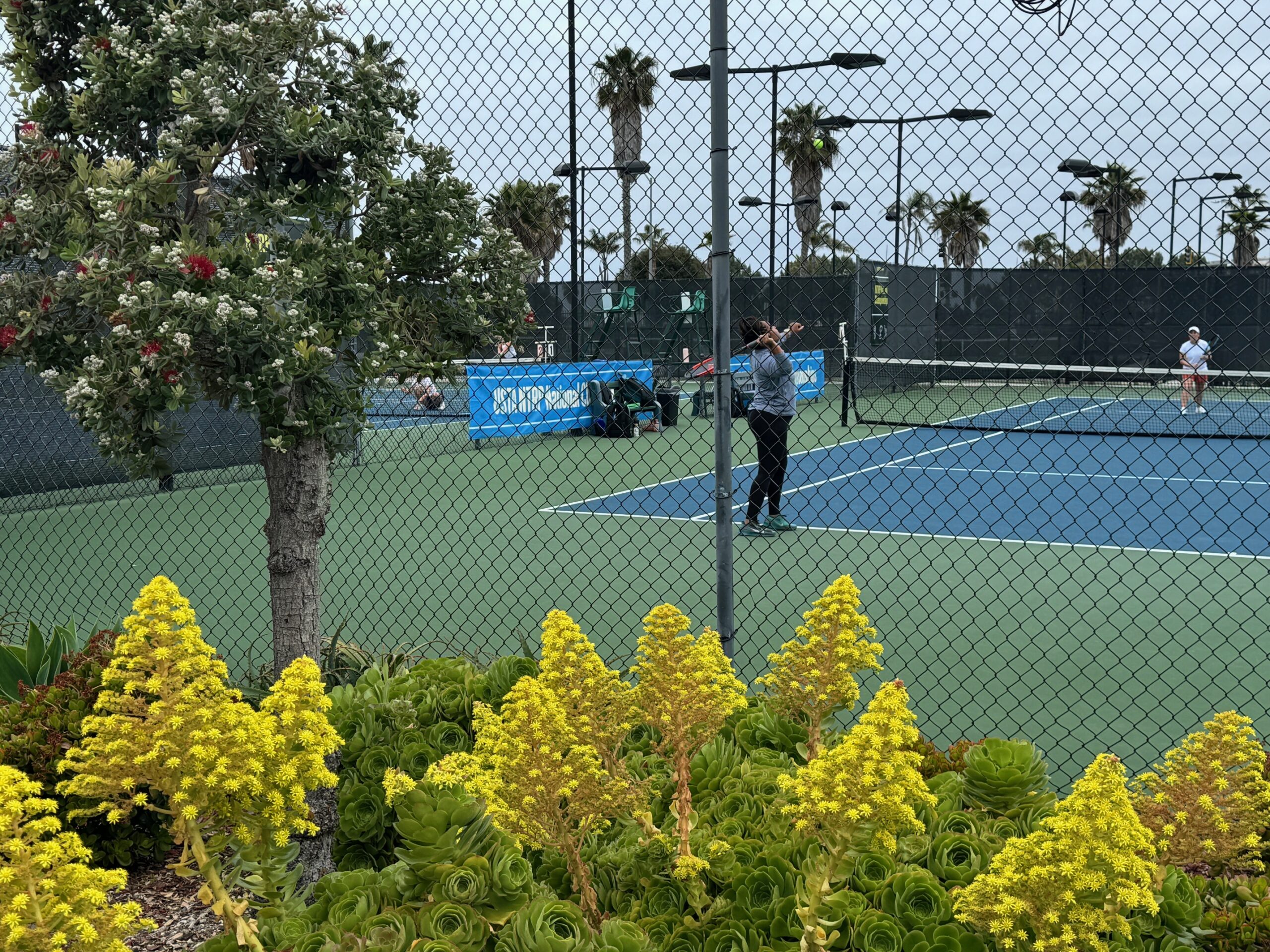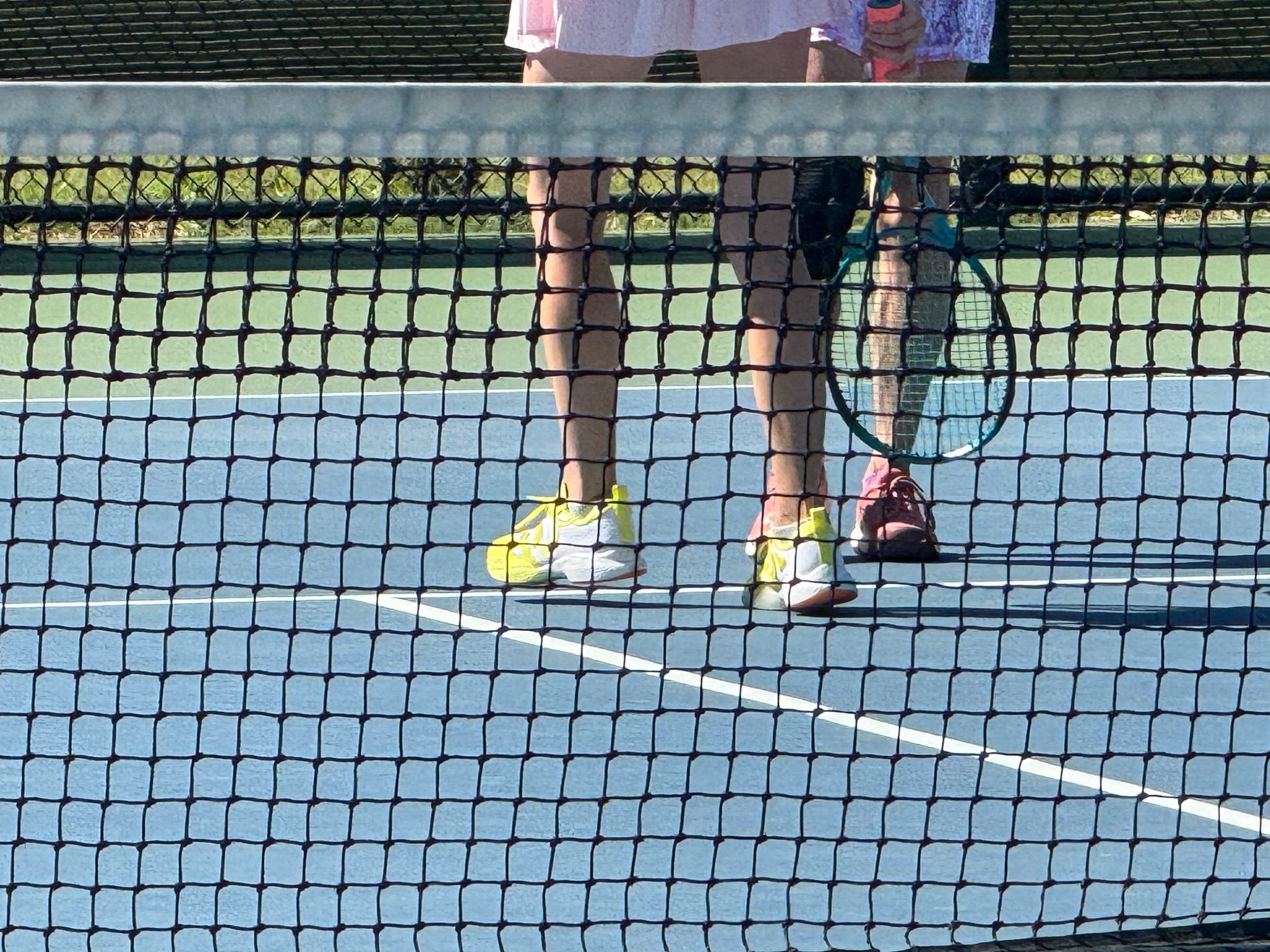The very best tennis players understand how what they eat impacts their on-court performance. Yesterday’s post examined the nutritional practices that I have personally observed during the narrow window of active competition. However, that is not the only time that these top players are intentional about their diets. The very best tennis players carefully manage their nutrition 24 hours a day, 7 days a week, every single day of the year. This is one of the core habits identified in my “12 Habits of Highly Successful Tennis Players” series.
Performing at a high level at the pinnacle of competition is just the tip of the iceberg. Competitive success is built on a foundation of excellence during training. Food is the fuel that powers high performance in practice sessions. Additionally, the very best players in Senior tennis typically don’t have a “retirement” age as competitive divisions extend to 90 and over in the sport. A healthy diet is essential for that kind of longevity.
The aerobic and anaerobic demands of tennis require frequent spikes in energy (points) over an extended period of time (matches.) Glycogen, the fuel that provides those quick bursts, comes from simple and complex carbohydrates. The very best tennis players are aware of the glycemic index of the foods that are generally available to them. Their baseline diet prioritizes the slower burn options that provide a consistent energy level over time. Higher glycemic foods and energy gels are reserved for when a quick energy boost is needed.
Protein is essential for building and replenishing muscle tissue that is depleted or damaged during play. The very best tennis competitors choose lean meats such as chicken and fish. I know quite a few high performance players that only eat plant-based products. They meet their need for protein through foods like tofu, chickpeas, beans, and whole grains.
When and What to Eat
I have yet to come across a top tennis players who skips or minimizes breakfast. That meal kick starts the metabolic response for the entire day. Great breakfast choices are eggs, fruits, and whole grain foods like oatmeal, cereal, or bread. I like to sneak in a serving of vegetables by throwing in mushrooms and spinach into my scrambled eggs.
Lunch habits have more variation. Athletes in structured training programs typically have a day that is divided into morning and afternoon sessions with a standard lunch sandwiched between those sessions. Senior players with a non-tennis day job also tend to eat a larger traditional lunch because that is how the rest of our world operates. My friends who teach tennis for a living tell me that they frequently graze throughout the day consuming many small snacks and meals rather than a singular meal.
Regardless of the structure of mid-day dining, the emphasis on complex carbohydrates and lean protein is consistent. Low-fat chicken, nuts, fruits, and vegetables are the standard fare. Whether the very best players eat a “lunch” or snack throughout the day, the types of foods that are consumed tend to fall along the same lines.
While the food in the evening meal is also consistent along those lines, one thing I have noticed as a common practice of the top players is a preference for eating the final meal of the day relatively early in the evening. That allows the digestive system to process what was consumed before sleeping where energy spikes could interfere with duration and quality of sleep.
The top tennis players are not robots who never indulge in foods that are not linked to high performance. However, the timing of those dietary “cheats” tends to be more carefully considered than strictly impulse. Substituting a cookie for an energy gel is a reasonable choice to make. Similarly, meals with poor nutritional content (sometimes referred to by the medical term “delicious”) are timed to not impact important competition or training sessions.
The very best players play the long game, and their nutritional habits are a direct reflection of that mentality. While they pay close attention to how they eat to fuel competition, they do the same thing to support ongoing training. Additionally, the very best players eat to keep their bodies healthy over the long term with competitive playing opportunities extending well past the 90th birthday.
Tomorrow’s post discussed how the very top players optimize and fine tune their individual nutritional practices. As it turns out, there is a tremendous amount of personal variation.
“The 12 Habits of Highly Successful Tennis Players” summarizes the original concept as well as each deep dive on the topic published to date.



